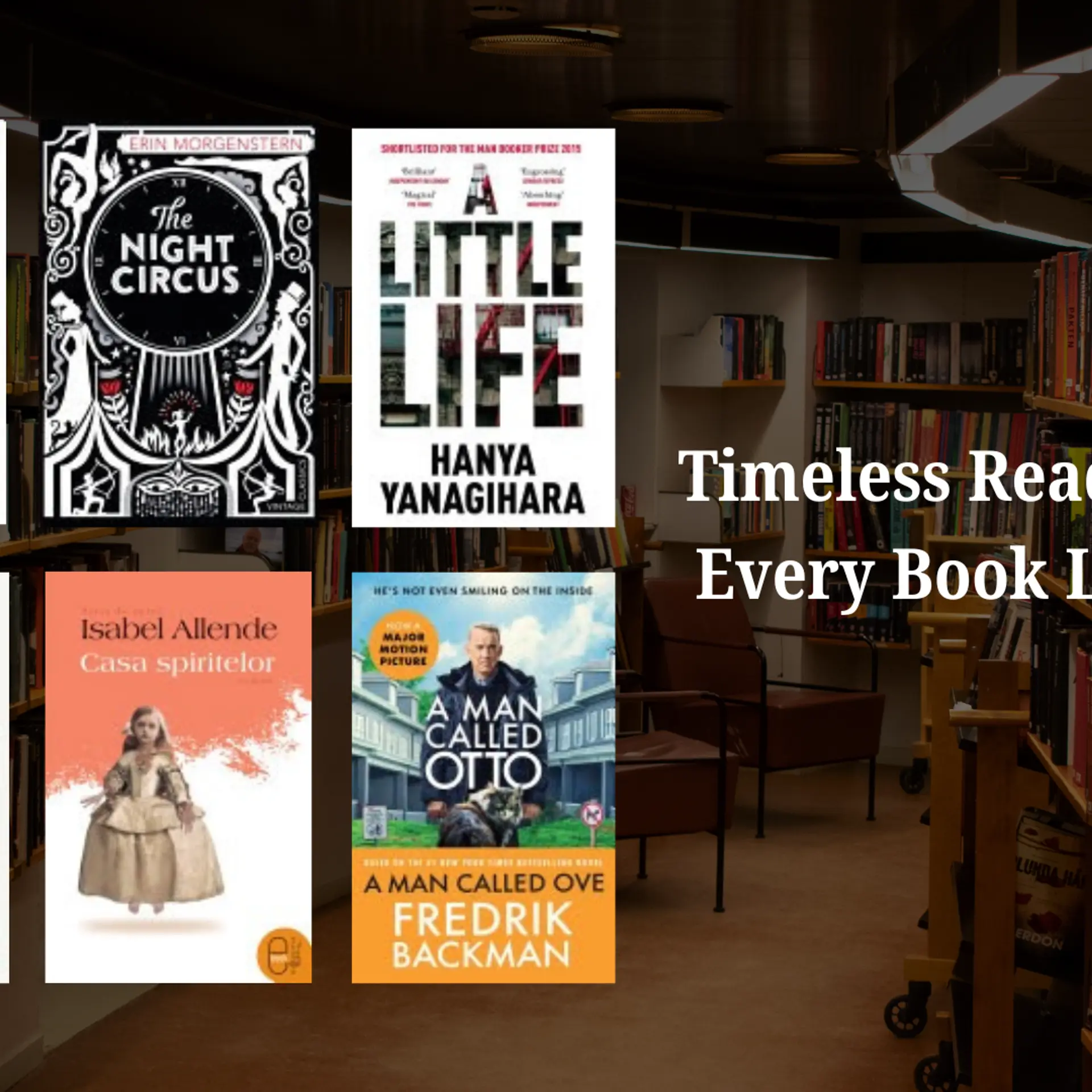As I find myself delving further into product management, I realize a chief characteristic of all good product managers is open, clear, and concise communication. But what does that mean? What is good communication? In a world of constant notifications and asynchronous communications it seems downright overwhelming to communicate tactfully, responsively, and well. Communication is a function of the number of people at a company, in a social network, and in a room. The message has a primary, secondary, and tertiary audience. At each level, the message will be changed so minimizing room for interpretation is key. Having worked at three different companies ranging from 25 to 5000+ employees, here are my observations on how communication evolves.
Tenets of Good Communication:
- Right medium — Often the medium is the message. In The Medium is the Massage, Marshall McLuhan writes about how media is a vehicle for our communications. Faced with a myriad of different communication tools, I find myself subconsciously assessing the technical benefits or tradeoffs of a system. Each tool’s affordances will encourage a certain behavior, influencing our communication on a subconscious level. For example, email is great for asynchronous communication. Text is great for urgency and logistical communication. Facebook Messenger has read receipts incentivizing people to respond immediately. Above all else, sometimes an IRL conversation is the best path to clarity ☺
- Right tone — It not about what you say but how you say it. Tone dictates everything. Tone is the subliminal message of your communication. It’s easy during online communications to neglect tone and become misconstrued in our delivery. I try to remain extra tactful in written communication because we do not convey vocal tone and body language in written form (maybe if you use emojis and stickers). Practicing tact for me involves rereading emails, tweets, Messenger messages twice or three times before sending. Trust me, your future self will thank you!
- Practice active listening — Active listening is a communication technique used in counseling, customer support, and conflict resolution. The practice aims to address the other person’s frustration, motivation, and needs. I practiced active listening working as a customer support rep trying to understand escalated customer pain points. Your role as an active listener is to let someone talk, rephrase, and follow-up with questions. The best PMs, friends, significant others, and therapists are the people who listen twice as much as they speak.Good communication is not about shouting loudly until your voice is heard. If you find yourself dictating the conversation, pause, and ask yourself why are you dominating? Are you saying anything that is adding value? Are you adding fillers just so it is not awkward? Are you possibly bulldozing the other person?
- Right body language — How we hold ourselves physically say 90% of our message at times. People who feel powerful and confident take up space. Smiling releases serotonins, the happy biochemicals. Slouching, fidgeting, and avoiding eye contact imply a lack of confidence and honesty. Be aware of how your body language conveys your emotional state. I try to do some stretches before a meeting to practice taking up space and practice smiling in the bathroom when I am down.
- Right frequency and responsiveness — Communicate often and openly. Anyone joining a new team, cultivating a budding friendship, or dating someone knows that overcommunication is critical during the beginning of any venture. The best way to set the tone of openness for your relationships and projects is to overcommunicate from the beginning. Overcommunication reduces misunderstanding of a priori assumptions and tacit implications. Good overcommunication mitigates implicit assumptions. Assuming just makes an “ASS of yoU and ME”. Bad overcommunication spams the reader with too much information and constant notifications.
- Distill information — Know what are the most important points by tuning out the noise. As a company grows in size, internal communication becomes a game of telephone. Instead of being overwhelmed by analysis paralysis, figure out the key take aways.
For example, you might talk to five people about a certain technical methodology to solve a problem. Of the five people, they may agree with each other on 90% of the method. 10% variance, not much right? Well, think of it as compounded interest. What is 10% variance in a group of 10 people or 20 people or 30 people? We start seeing the power of n at play. Information becomes distorted to the nth power as small differences accumulate and create more noise.
It is easy to slip into discussions about differences instead of similarities. There is more similarity in a group than differences. By focusing on the differences, we easily slip into discussions involving “us” versus “them” mentality. A good PM’s job is to synthesize the differences, understandwhy people have disparate opinions, reconcile opposing sides if possible, and reach some cross-functional consensus. Be sure to remain agnostic to party lines during the information and synthesis phase.Sometimes your job is simply to outline the differences, point out the technical trades, and enumerate the opinions.

As the internet catalogues everything we do, our message persists long after we leave a project, team, or company. The internet makes the information we generate more accessible and permanent. As a result, we need to be more thoughtful about information architecture. Information architecture is about how we structure data, what meeting notes are posted on the internal group, what announcements are shared company wide. It’s about making a deliberate decision on the type of content to share instead of thewhat. Let’s be mindful of the body of work we are leaving for others. By practicing conscious tone, medium, and listening, I hope our communications become vehicles for our ideas long after we are gone. The best ideas propagate forward long after the author.







